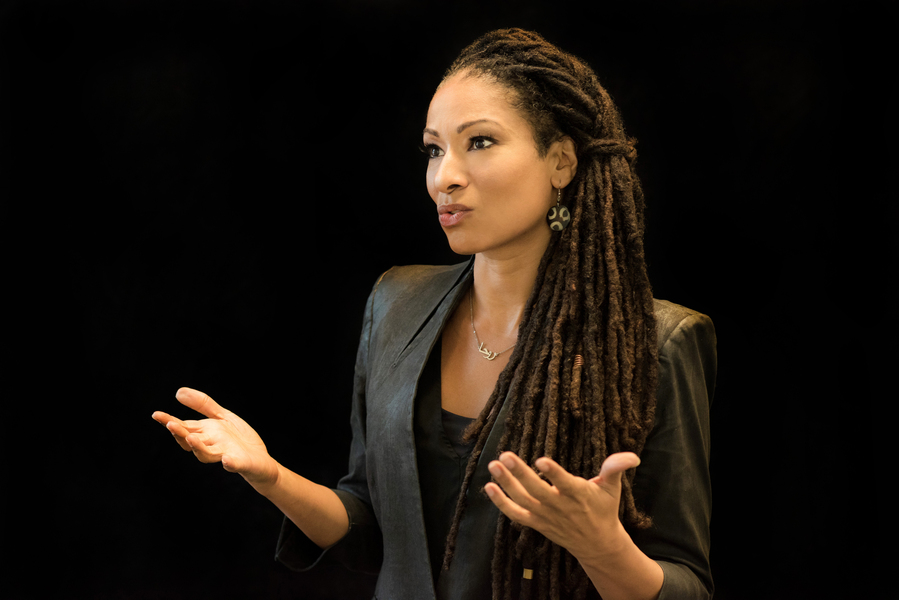I see AI; it’s everywhere; it’s powerful.
Artificial Intelligence’s effects on our justice system are now being thoroughly examined — particularly its influence on decisions and activities– leading to a situation where justice can occur through far-reaching and fast-spreading digital methods, and this observation is drawn amidst a sea of its developing presence in various industries that range from framing our choices to orchestrating key functions within our judicial frameworks.
We’re stepping into a new era with AI shaping justice!
The Rise of AI in Justice Systems
I see AI in courts now. The appeal of being fast and unbiased — reasons why people have started using AI in legal matters — has resulted in AI tools being used by courts and lawyers all over the world, despite the risk of unfairness due to programmed biases. We could use machines to guess where crimes will happen; that helps cops stop them before they start. Does using AI really help make things fair, or does it just make things worse — we need to think hard about this.
Navigating the Pitfalls
I see AI is important; it helps make choices in justice. Often, people let computers make big decisions in court – they use old info to guess if someone will do bad things again; but, this can be a problem. I wonder if it’s fair when old, biased info decides who gets punished more.
Unravelling Bias in AI
We dive deep; we need to explore real problems inside AI programs. Often, issues overlooked from the past or how the codes are made bring about big mistakes; due to these issues, machines learn wrong, which is unjust to some. For example, Challenges in Unraveling AI Model Logic programs for identifying faces by photos have made more errors with dark-skinned people; these mistakes have been widely talked about, which makes dealing with them part of seeking fairness.; Seeking fairness gets mixed with fixing these mistakes in our search for the truth; are we doing enough to challenge these unfair skills in technology?
Transparency and Accountability in AI Systems
We want fairness!
Often, the way AI programs make choices is kept secret, which can lead to worries that things aren’t being done fairly or the right way, and that might mean people won’t be treated equally or correctly!
Can I learn how these robots decide things?
The Human Touch in a Digitized Justice System
While AI can streamline certain aspects of the justice system, it is crucial to recognize the irreplaceable value of human judgement and empathy. AI algorithms lack the nuanced understanding of human experiences, emotions, and context that human judges possess. Striking the right balance between the efficiency of AI and the empathic discernment of humans is pivotal in achieving a harmonious system of justice.
Challenges and Controversies
As AI continues to integrate into justice systems, it brings along a wave of challenges and controversies. From concerns about job displacement within the legal profession to debates about the ethical use of AI in making life-altering decisions, the intersection of technology and justice demands careful consideration. “Decoding the Dynamics of Viral Justice” necessitates a deep dive into the ethical quandaries surrounding AI and its implications for society.
The Need for Ethical AI Frameworks
In navigating the dynamics of AI in justice, establishing robust ethical frameworks becomes imperative. These frameworks should priorities fairness, accountability, and transparency. Developers, policymakers, and legal experts must collaborate to ensure that AI serves justice without perpetuating societal biases. By incorporating ethical considerations into the design and deployment of AI systems, we can mitigate the risks associated with unchecked technological advancement.
Towards a Future of Inclusive Justice
As we chart the course for the future, it is essential to envision an AI-infused justice system that is not just efficient but also inclusive. The “Viral Justice” that AI introduces should spread fairness and impartiality, leaving no room for discrimination. Embracing diversity in AI development teams, scrutinizing algorithms for bias, and actively engaging communities in the deployment of AI tools are steps toward a more equitable future.
Conclusion
“Decoding the Dynamics of Viral Justice” necessitates a comprehensive understanding of the intricate relationship between AI and justice systems. As we navigate the challenges and controversies, it becomes clear that the ethical use of AI is paramount. The pursuit of justice should not be compromised by biases embedded in algorithms or the allure of technological efficiency. By embracing transparency, accountability, and ethical frameworks, we can ensure that AI serves as a force for good in the realm of justice, contributing to a future that is not only technologically advanced but also inherently fair and just.

